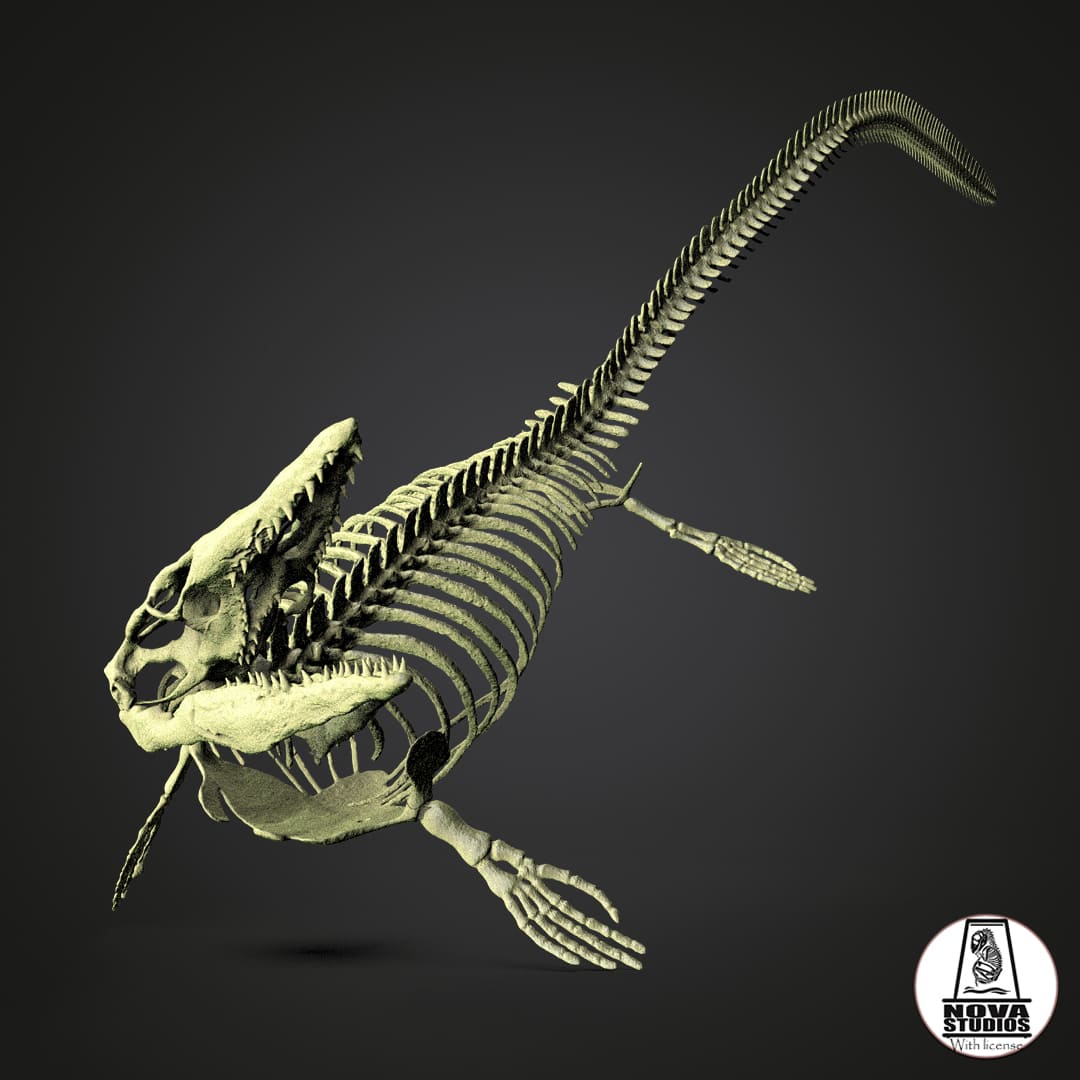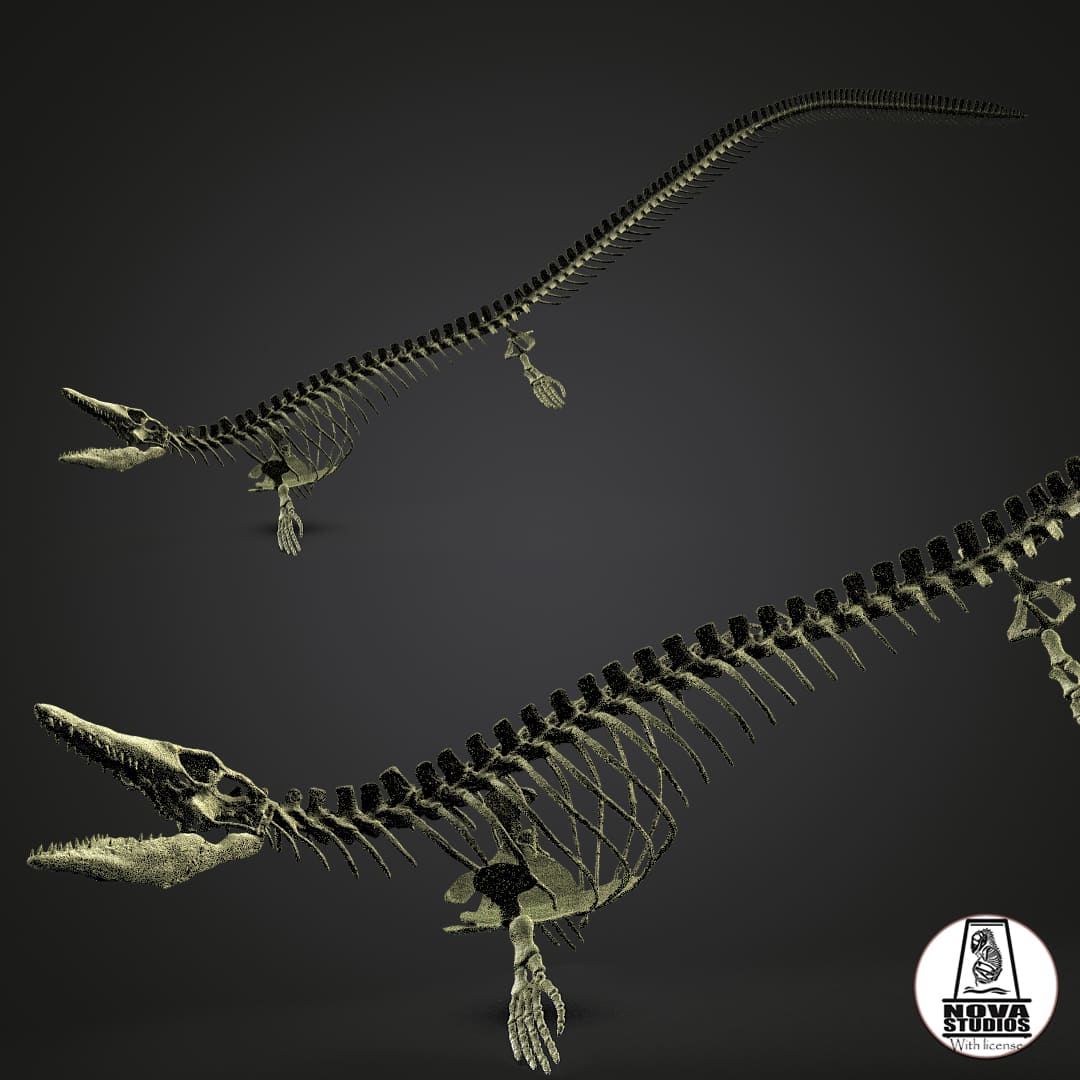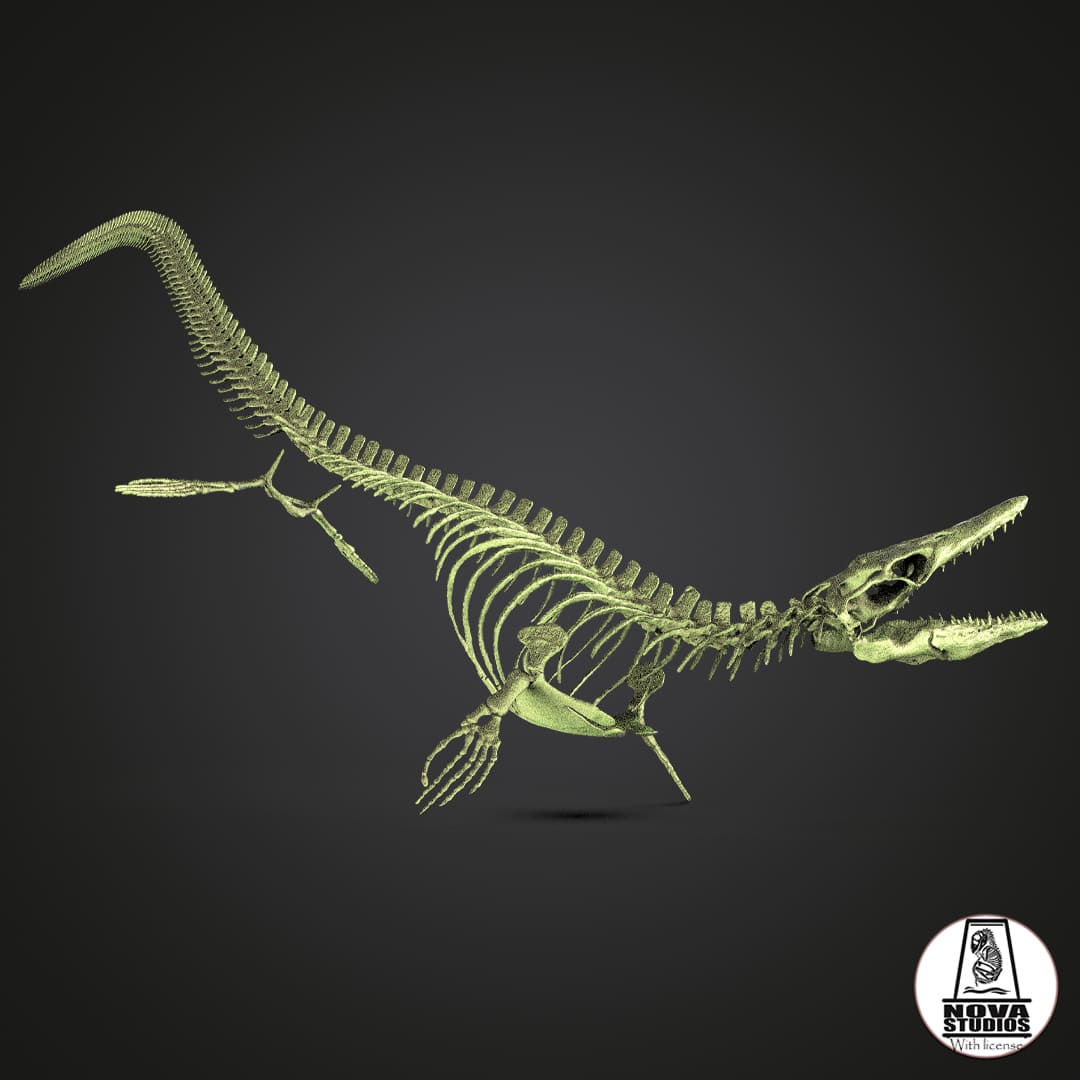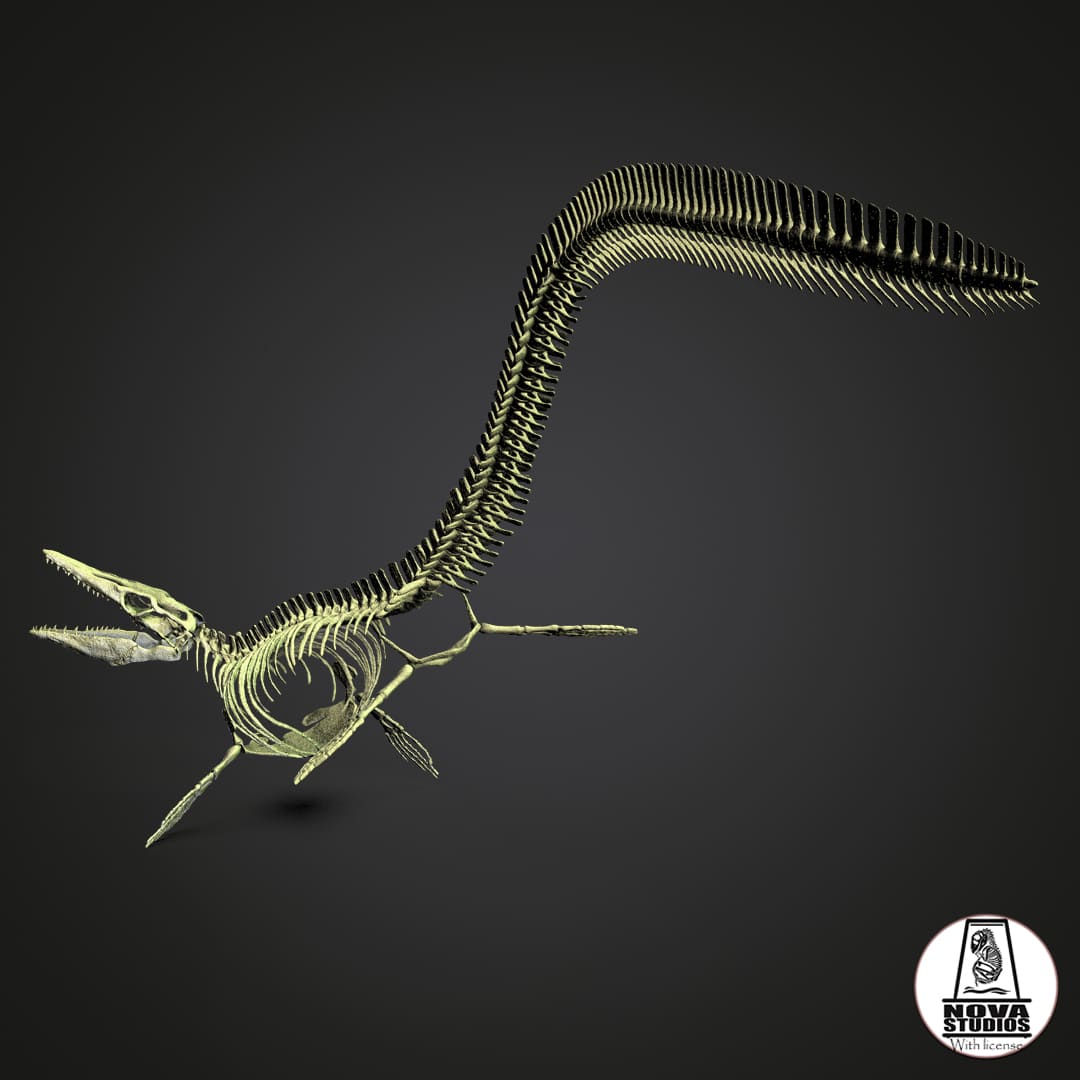




Tylosaurus Proriger
Do you want another scale?
Contact us and we will make it possible!
How will you receive your replica?
In the unprimed and primed variants, you will receive the complete replicas except for the large models, where you will receive an assembly kit.
In the hand-painted variant, the replicas will be delivered complete.
How does the painting service work?
We created a private chat for you where you will have direct communication with our painter , being able to choose your preferred color schemes and follow the hand painting process closely.
Pairs well with

Tylosaurus Proriger
If you have any questions, you are always welcome to contact us. We'll get back to you as soon as possible, within 24 hours on weekdays.
Shipping Information
Visit our shipping policy page to find all the information.
Customer Support
Give us a few details and we’ll offer the best solution. Connect by chat or email.
We are available 24/7.
FAQ’s
Visit our FAQ's page to find answers to common questions.
Contact Us
We'd love to hear from you. We are here to help. Visit our contact page to send us a message.
Product details
General characteristics of Tylosaurus proriger:
Size: It could reach between 12 and 15 meters in length, although some larger specimens have been reported.
Habitat: It lived in the shallow seas that covered much of what is now North America, especially in the Western Interior Sea, which divided this continent during the Cretaceous.
Diet: It was a voracious carnivore and fed on fish, other marine reptiles, seabirds and possibly even small sharks. Its jaw and teeth were designed to capture and tear apart large prey.
Body: Its long, serpentine body was perfectly adapted for aquatic life, with an elongated skull, a long, flattened tail, and legs transformed into flippers to facilitate swimming.
Hunting: It was probably an agile and active predator, capable of stalking and attacking with great speed in its marine environment.
Skeletal characteristics of Tylosaurus proriger:
Skull:
Shape: The skull was large, long, and robust, with a powerful jaw. At the front of the skull, the elongated "snout" (or rostrum) gave it a pointed appearance, allowing it to cut through the water while swimming.
Teeth: The teeth were sharp, conical, and curved backwards, ideal for capturing and tearing apart prey. Its teeth showed specialization for retaining live animals, as the inward-facing teeth prevented prey from escaping.
Articulated jaws: Similar to modern snakes, its jaw could open widely, allowing it to swallow large prey in one piece. It also had flexible joints between the upper and lower jaws, which increased its ability to open its mouth.
Body:
Vertebral column: It had a long series of vertebrae that formed an elongated and flexible body. The vertebrae were adapted for movement in water, allowing Tylosaurus to swim in lateral undulating movements, similar to those of an eel or snake.
Pectoral girdle: The front legs were modified into flippers, with short and robust bones, which helped direct the body while swimming, but were not useful for walking on land.
Pelvic girdle: The hind legs were also modified into flippers, although smaller in size compared to the front legs, suggesting that the main locomotion came from undulating movements of the body and tail.
Tail:
Laterally flattened: Its tail was long, robust and laterally flattened, which gave it great power for swimming. More recent studies suggest that Tylosaurus, like other mosasaurs, had a crescent-shaped caudal fin, similar to that of sharks, which gave it greater propulsion capacity in the water.
Adaptation for speed: The shape and strength of the tail were essential for its ability to hunt quickly and ambush, allowing for rapid acceleration.
Fins:
Both the front and rear fins showed an extreme adaptation to the aquatic environment, with reduced and compacted long bones, providing more surface area for swimming.
These fins probably offered maneuverability in the water, but were not useful for supporting the weight of the body on dry land.
Behavior and Ecology:
Tylosaurus proriger was one of the apex predators of its marine ecosystem. Its fossils have been found alongside remains of large fish, other marine reptiles such as plesiosaurs and seabirds, indicating its dominant position in the food chain. Fossil remains have also been found suggesting that it may have competed with other large mosasaurs, such as Mosasaurus.
Museum-quality replicas due to their high degree of scientific rigor.
Approximate measurements of Tylosaurus:
- 1:16 scale Assembly kit
- Length 810 mm
- Height 626 mm
- Width 227 mm
- Snout-tail length 950 mm
- Includes supports
Information about aftershocks
Collector's item ; Hyper-realistic replica, highly detailed and with a high degree of scientific precision.
Made to scale, prototyped in resin and with a scenic base in most of the models offered. If you like miniatures, both for collecting and for painting, we offer you a wide variety of scale replicas; All of them related to dinosaurs, extinct prehistoric fauna and current fauna.
So if you love dinosaurs and animals as much as we do, this is your favorite store to collect and paint them :)
We are authorized distributors of all the replicas and figures we offer. We use 3D printers with 8K - 14K resolution, and high-quality resins with additives to improve hardness and flexibility, thus offering replicas of impeccable quality.
Different scales will be used to make the replicas (depending on the size of the species), although we are open to making other suggested scales upon request as long as they fit in our printing trays, for which you will have to contact us via email and request the required size.
Replicas are supplied with the option of airbrush priming in dark grey. If you require another colour, please let us know which one you prefer in the box with special instructions for the seller. Without priming, we do not guarantee that the resin will accept paint.
We also offer the option of choosing a professionally painted replica, which is agreed upon throughout its development with the painter, through a private chat available.
Complete replica (one piece): We supply complete replicas in those models that are small, and models that are medium, large or not very bulky, will have the prerogative of being presented as a complete replica or assembly kit as the case may be.
Complete replicas will be supplied separately from their base.
Replica assembly kit: We supply replicas whose models are large, very large or bulky, only with this option.
The indicated replicas (generally composed of base, head, body and tail) will come prepared for the subsequent assembly that will be required by the client, by sanding, putty, adhesive or technique chosen by the client.
All replicas are thoroughly inspected before shipping and will be carefully packaged to prevent damage during transport.
Information about the models
The poses of the models aim to represent each character in the most scientifically viable way, thus revealing the life and customs of prehistoric and modern fauna.
Each character has its own personality and develops in different life scenarios; birth, adolescence and play, hunting, feeding, fighting, courtship, death and many other scenes from their daily life, always from the creative perspective of their designers.
Handmade
All orders are individually prepared on the cutter for subsequent prototyping, obtaining a resin part that will require post-processing by manual and ultrasonic cleaning, support removal, ultraviolet curing, labeling and packaging.

We are authorized distributors
We offer both our own physical replicas and those that have been modeled by many of the best 3D designers, in order to offer you the greatest possible variety.
Frequently Asked Questions
If you have any questions about products, orders or shipping, please read our FAQ page to learn more.
